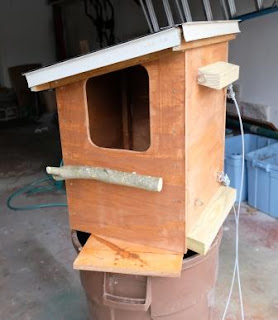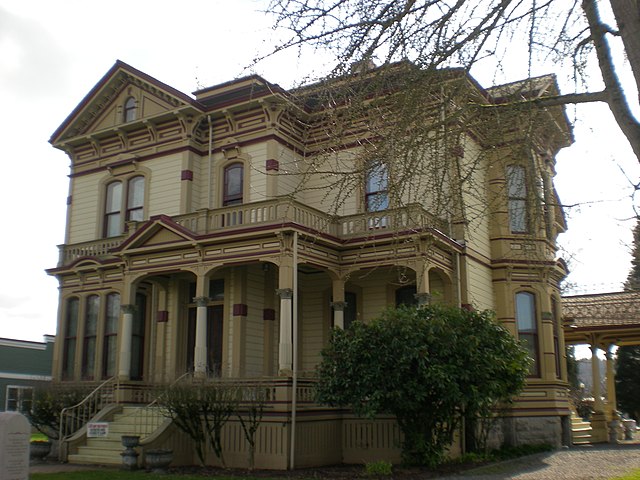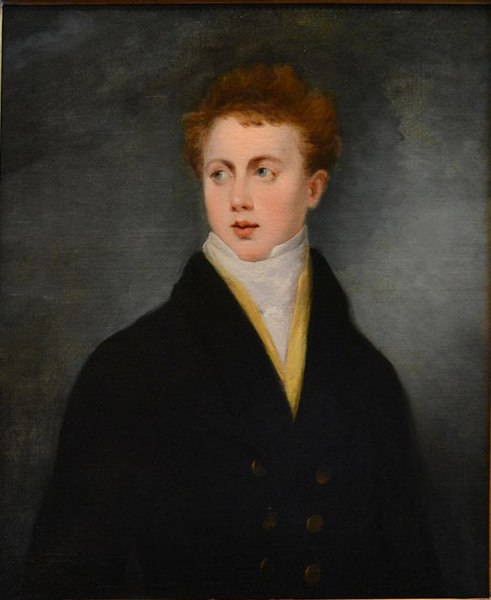How bird-nutty am I? I’ve got multiple bird-feeders strung up around my house, have a small pair of binoculars on my writing desk in the spring and fall to keep an eye on what migrating feathery friend might be hanging out in the crab-apple tree by my office window, and of course, maintain a list of birds we’ve seen anywhere around the house. Favorite visitors? Eastern bluebirds—just saw one yesterday on one of the suet feeders—cedar waxwings, flocks of wild turkeys, a tiny sharp-shinned hawk that we often see in winter watching the bird-feeders hopefully (they, ahem, like to eat smaller birds), and of course, the feisty ruby-throated hummingbirds that arrive as soon as my bleeding-hearts start to bloom. When I’m outside I talk to the chickadees; I do a good chickadee whistle, and can always bring at least one over to investigate.
 It’s not just me; I’ve managed to infect my entire family with my rampant
aviphilia. So I was hardly surprised when my husband announced a few weeks back,
“I’m going to build an owl house.”
It’s not just me; I’ve managed to infect my entire family with my rampant
aviphilia. So I was hardly surprised when my husband announced a few weeks back,
“I’m going to build an owl house.”“That’s nice, dear,” I said.
So, we think owls are awesome. They’re fascinating creatures; their feathers have evolved so that they can fly pretty much silently (kind of important when you’re a night-time predator), and they can turn their heads through 270°—that’s three-quarters of a circle (a necessity, because they can’t move their eyes to track moving objects.) We listen at night for owls in the woods around our house (the record is three different owl species calling in one evening.) I’m personally predisposed to like them because they’re the emblem of my college (Athena and her owls, of course.) My husband is predisposed to like them because they eat squirrels and chipmunks—with which we are, unfortunately, well-supplied (I’ve asked the sharp-shinned hawk to step up and polish off a few chipmunks, but he hasn't obliged.)
 The owl call we hear most often around these parts is that of the barred owl, so DH did some
research on the type of nesting boxes that barred owls like, and came up with a
hybrid design from a couple of different websites. He built it out of exterior
grade plywood (it's a little over two feet high) stained to keep it from rotting, roofed it with leftover
shingles, and installed a hinged bottom to make cleaning it out easier between
tenants. Then he filled the bottom with wood shavings and some hay, and hung it in a
tree out in the woods behind our house last weekend, about 12 feet up.
The owl call we hear most often around these parts is that of the barred owl, so DH did some
research on the type of nesting boxes that barred owls like, and came up with a
hybrid design from a couple of different websites. He built it out of exterior
grade plywood (it's a little over two feet high) stained to keep it from rotting, roofed it with leftover
shingles, and installed a hinged bottom to make cleaning it out easier between
tenants. Then he filled the bottom with wood shavings and some hay, and hung it in a
tree out in the woods behind our house last weekend, about 12 feet up. I'm not expecting guests quite yet; barred owls usually start
nesting in March, but male barred owls are already scouting the woods, looking for likely nesting sites which they will claim and try to entice a lady barred owl to move in to. We'll be watching, though; evidently, the males decorate the areas around their nests with the corpses of prey
to show females that they’re good daddy material, because nothing says “I love you” like a dead squirrel or two.
I'm not expecting guests quite yet; barred owls usually start
nesting in March, but male barred owls are already scouting the woods, looking for likely nesting sites which they will claim and try to entice a lady barred owl to move in to. We'll be watching, though; evidently, the males decorate the areas around their nests with the corpses of prey
to show females that they’re good daddy material, because nothing says “I love you” like a dead squirrel or two. We’ll keep you posted! I made DH promise that if we get owls to nest in it this year, he will put in a webcam in next year, because owls tend to come back to the same nesting place year after year. How cool would that be?




















